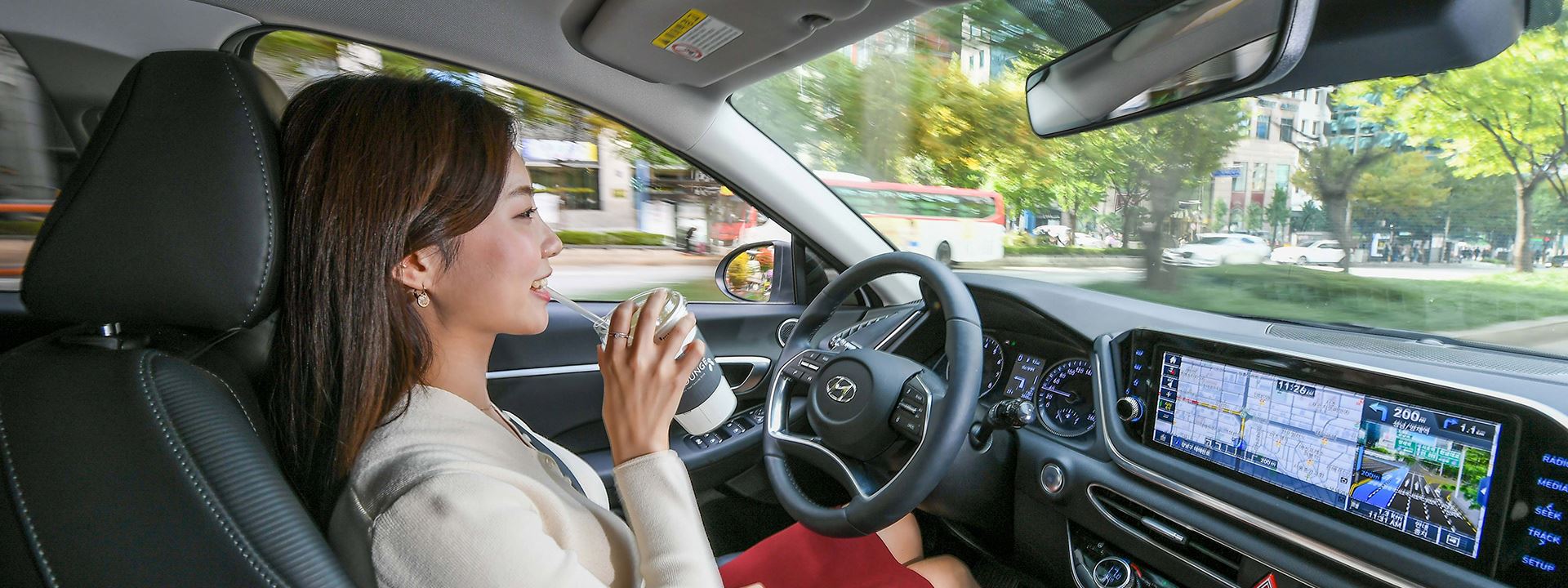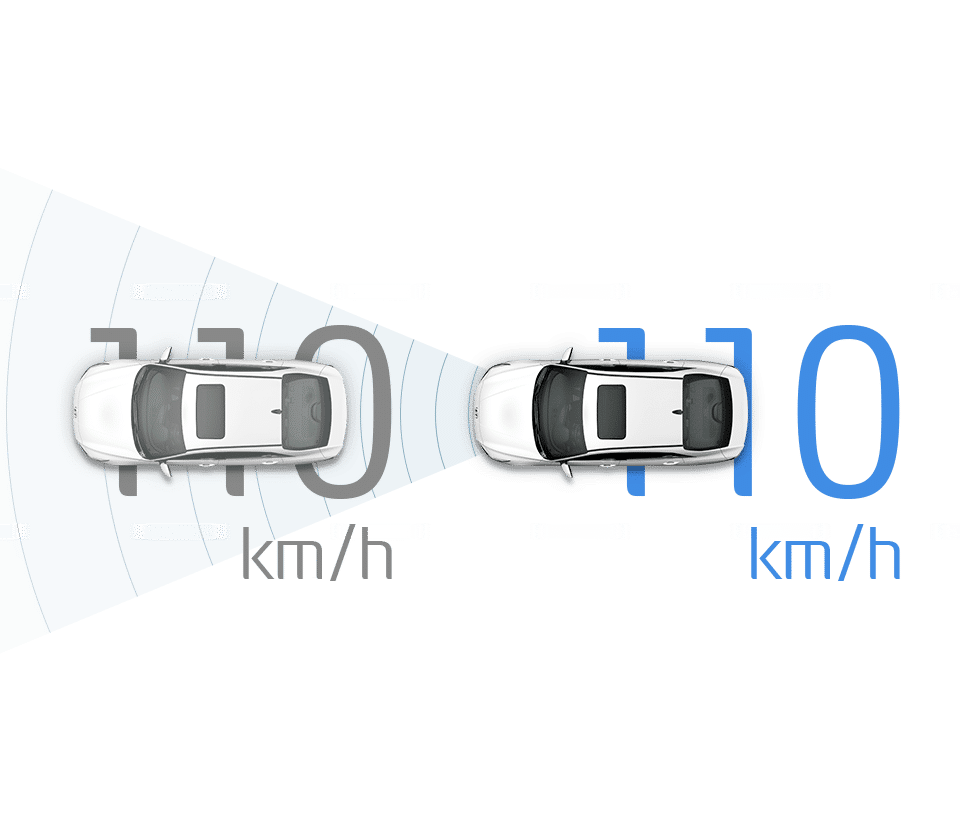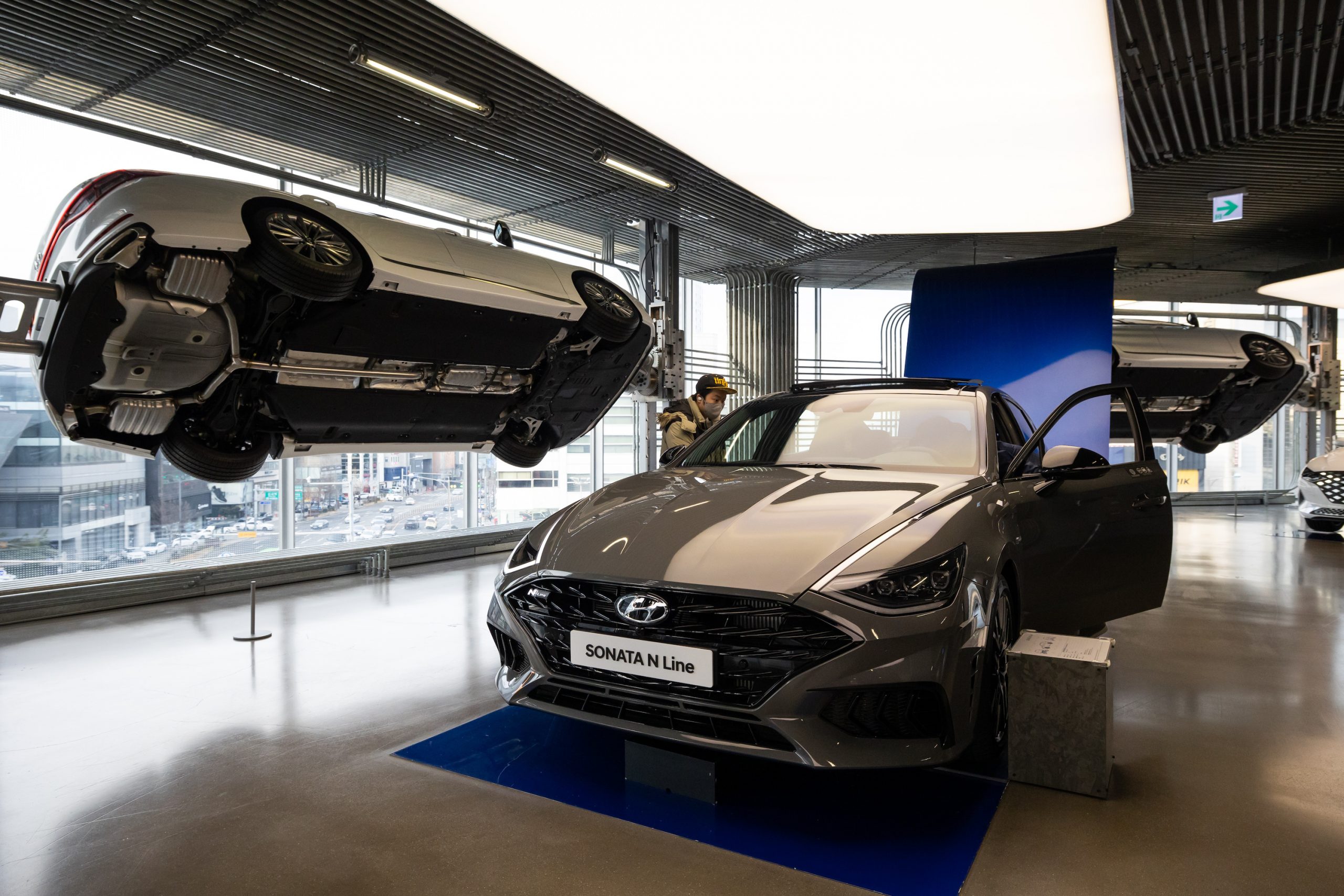Table Of Content

However, the systems offered by automakers like Hyundai use radars to determine when neighboring cars get too close. To turn on Smart Cruise ControlPress the Driving Assist button to turn the Smart Cruise Control Settings Setting features on Smart Cruise Control. The speed will be set to the current speed on the cluster. If there is no vehicle in front of you, the set speed will be maintained, but if there is a vehicle in front of you, the speed may decrease to maintain the distance to the vehicle ahead. If the vehicle ahead accelerates, your vehicle will travel at a steady cruising speed after accelerating to the set speed. Surround View Monitor (SVM) is a parking support system.
Premium Remote Smart Parking Assist (RSPA)
SEW does not work in all situations and is not a substitute for driver or passenger attentiveness. Upon turning the engine off, Rear Occupant Alert will provide a visual alert on the instrument cluster. Rear Occupant Alert is not a substitute for driver attentiveness. If you want to speed up temporarily without altering the set speed while Smart Cruise Control is operating, depress the accelerator pedal. While the accelerator pedal is depressed, the set speed, distance level and target distance will blink on the cluster. However, if the accelerator pedal is depressed insufficiently, the vehicle may decelerate.

Lane Following Assist (LFA)
Hyundai Smart Cruise Control also has the same elements of adaptive cruise control. The radar system emits waves that reflect off of the car in front of yours, detecting its speed. If the preceding car speeds up or slows down, the Smart Cruise Control adjusts your vehicle’s speed accordingly. It also has a Stop and Go setting, which tracks the driving behaviors of cars around you during traffic. Adaptive cruise control, optional on many new vehicles today, is one of the latest advanced car safety features. It’s very similar to cruise control, which allows you to set your car to a certain speed.
Adaptive Cruise Control: How Does It Work? - Kelley Blue Book
Adaptive Cruise Control: How Does It Work?.
Posted: Thu, 21 Jul 2022 07:00:00 GMT [source]
Step-By-Step Instructions to the Hyundai Smart Cruise Control Feature
There are several actions that could trigger this block including submitting a certain word or phrase, a SQL command or malformed data. It may work less effectively in adverse weather conditions like heavy rain, snow, or fog, and may prompt the driver to take over more frequently. The Smart Cruise Control in the 2023 Hyundai Kona is an advanced cruise control system designed to automatically maintain a set speed and following distance from the vehicle in front.

Driving Convenience
When the vehicle is parked, Safe Exit Assist (SEA) can alert occupants planning to exit the vehicle when a vehicle is approaching from behind. When Child Locks are active, SEA helps prevent the rear doors from opening if a vehicle approaching from behind is detected. SEA is not a substitute for driver or passenger attentiveness. Always be aware of your surroundings and attentive of approaching vehicles.
There are no models or trims that match your filter selection.
2020 Hyundai Kona Gets Small Price Bump, Adaptive Cruise Control in Top Trim - Cars.com
2020 Hyundai Kona Gets Small Price Bump, Adaptive Cruise Control in Top Trim.
Posted: Wed, 31 Jul 2019 07:00:00 GMT [source]
Is there anything that makes it better than regular adaptive cruise control? While it’s designed primarily for highway use, you can often use it on well-marked city streets with clear lane markings. To activate the Smart Cruise Control, press the cruise control button on the steering wheel and set your desired speed. WARNINGBe careful when accelerating temporarily, because the speed and distance is not controlled automatically even if there is a vehicle in front of you. InformationWhen stopped behind another vehicle, the driver can turn on Smart Cruise Control while the brake pedal is depressed.
NHTSA 5-Star Overall Safety Ratings
Hyundai SmartSense technology will add unrivaled safety and innovation to your drive with Hyundai Smart Cruise Control with Stop and Go technology. Potential accidents can come from anywhere when you park. So, SmartSense parking-related sensors keep an eye out for you when you’re backing out or in. They also help keep your backseat passengers safe, whether they’re getting out onto a road or accidentally left inside. Hyundai vehicles also have their own version of adaptive cruise control named Hyundai Smart Cruise Control.
Hyundai SmartSense
While Smart Cruise Control is operating, when the collision risk with the vehicle warning message will appear on the cluster, and an audible warning will sound to warn the driver. Always have your eyes on the road while driving, and if necessary, depress the brake pedal to reduce your driving speed in order to maintain a safe distance. Driving on a slopeDuring uphill or downhill driving, the Smart Cruise Control may not detect a moving vehicle in your lane, and cause your vehicle to accelerate to the set speed. Also, vehicle speed will rapidly decrease when the vehicle ahead is detected suddenly. Select the appropriate set speed on inclines and apply the brake pedal or accelerator pedal according to the road and driving conditions ahead. The Forward Collision-Avoidance Assist with Pedestrian Detection (FCA-Ped) is intended to be a supplement to safe driving practices.
Helping you hate parking a little less.
Smart Cruise Control will operate normally when snow, rain, or foreign material is removed. Smart Cruise Control ReactionWith the engine on, select the ‘Driver settings menu to select the sensitivity of vehicle speed when following the front vehicle to maintain the set distance. InformationIf your vehicle speed is between 0~20 mph (0~30 km/h) when you press the Driving Assist button, the set speed will be set to 20 mph (30 km/h).
Always look over your shoulder and use your mirrors to confirm rear clearance. There are limitations to the function, detection, range and clarity of the system. WARNINGWhen Smart Cruise Control is temporarily canceled, distance with the front vehicle will not be maintained. Parking Collision-Avoidance Assist – Reverse (PCA-R) can alert the driver of a potential hazard while reversing by providing an audible warning and/or applying braking. PCA-R is active when the vehicle is in reverse and operating at low speeds.
To temporarily cancel Smart Cruise ControlPress the switch or depress the brake pedal to temporarily cancel Smart Cruise Control. WARNINGCheck the driving condition before using the + switch. Driving speed may sharply increase when you push up and hold the + switch. CAUTIONAlways keep the front view camera and front radar in good condition to maintain optimal performance of Smart Cruise Control. For more details on the precautions of the front view camera and front radar, refer to the “Forward Collision-Avoidance Assist (FCA)” section in chapter 7.
It’s a useful feature to have for road trips, especially if you easily get sore limbs. The distance is set to the last set distance when the engine is restarted, or when Smart 2023 hyundai kona adaptive cruise control was temporarily canceled. These features help you deal with the hassles of parking, from tight spaces to crowded lots. Our SmartSense cameras and sensors help make it less stressful - whether it’s giving you a better view around you, warning you of an approaching car, or even parking your Hyundai for you. This website is using a security service to protect itself from online attacks. The action you just performed triggered the security solution.
The system is not designed to detect certain stationary objects such as trees or poles, and may not detect all vehicles or pedestrians under certain conditions. The system is a driver assistance system and is not a substitute for safe driving. Changing lanesWhen a vehicle moves into your lane from an adjacent lane, it cannot be detected by the sensor until it is in the sensor’s detection range. Smart Cruise Control may not immediately detect the vehicle when the vehicle changes lanes abruptly. In this case, you must maintain a safe braking distance, and if necessary, depress the brake pedal to reduce your driving speed in order to maintain a safe distance.

No comments:
Post a Comment